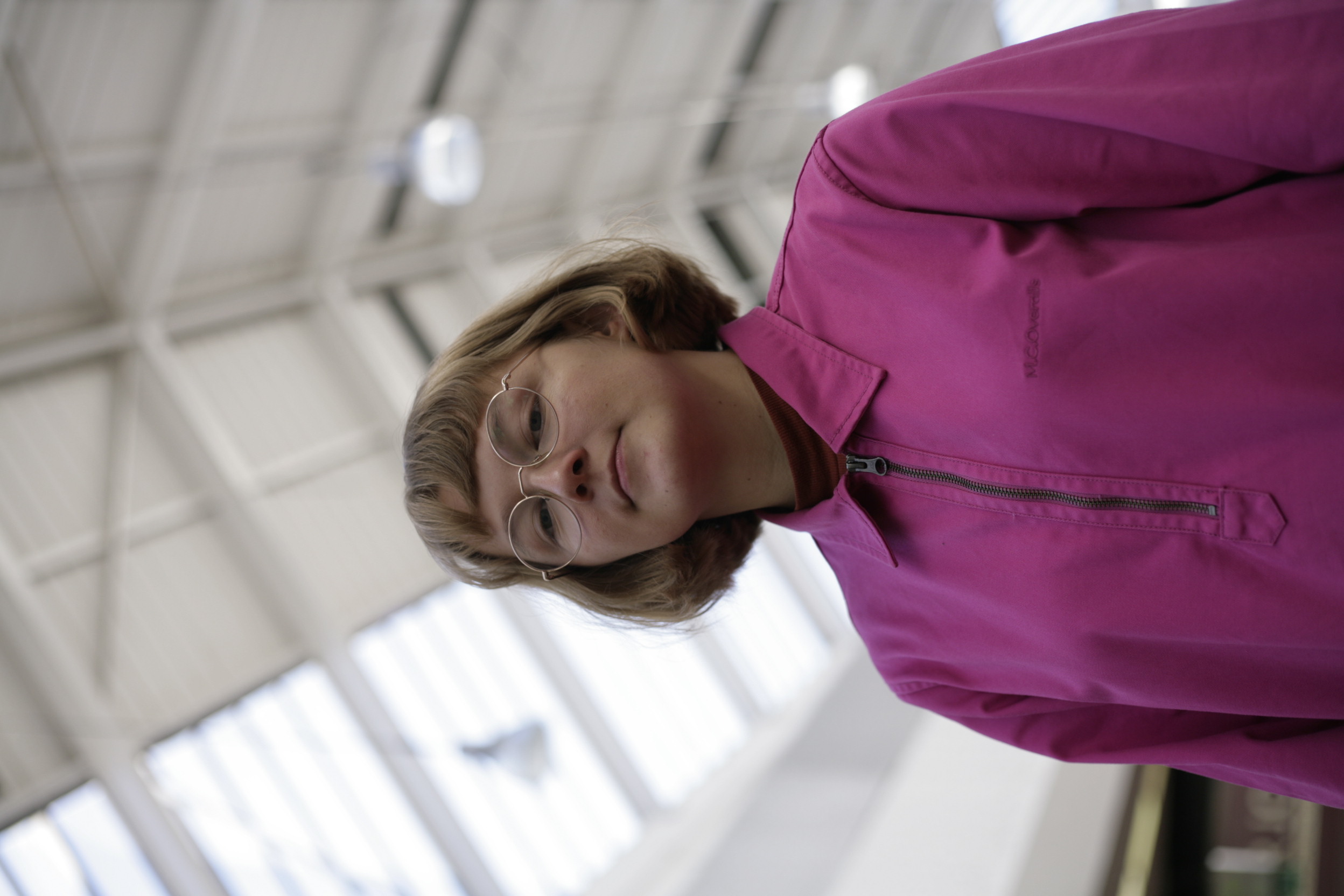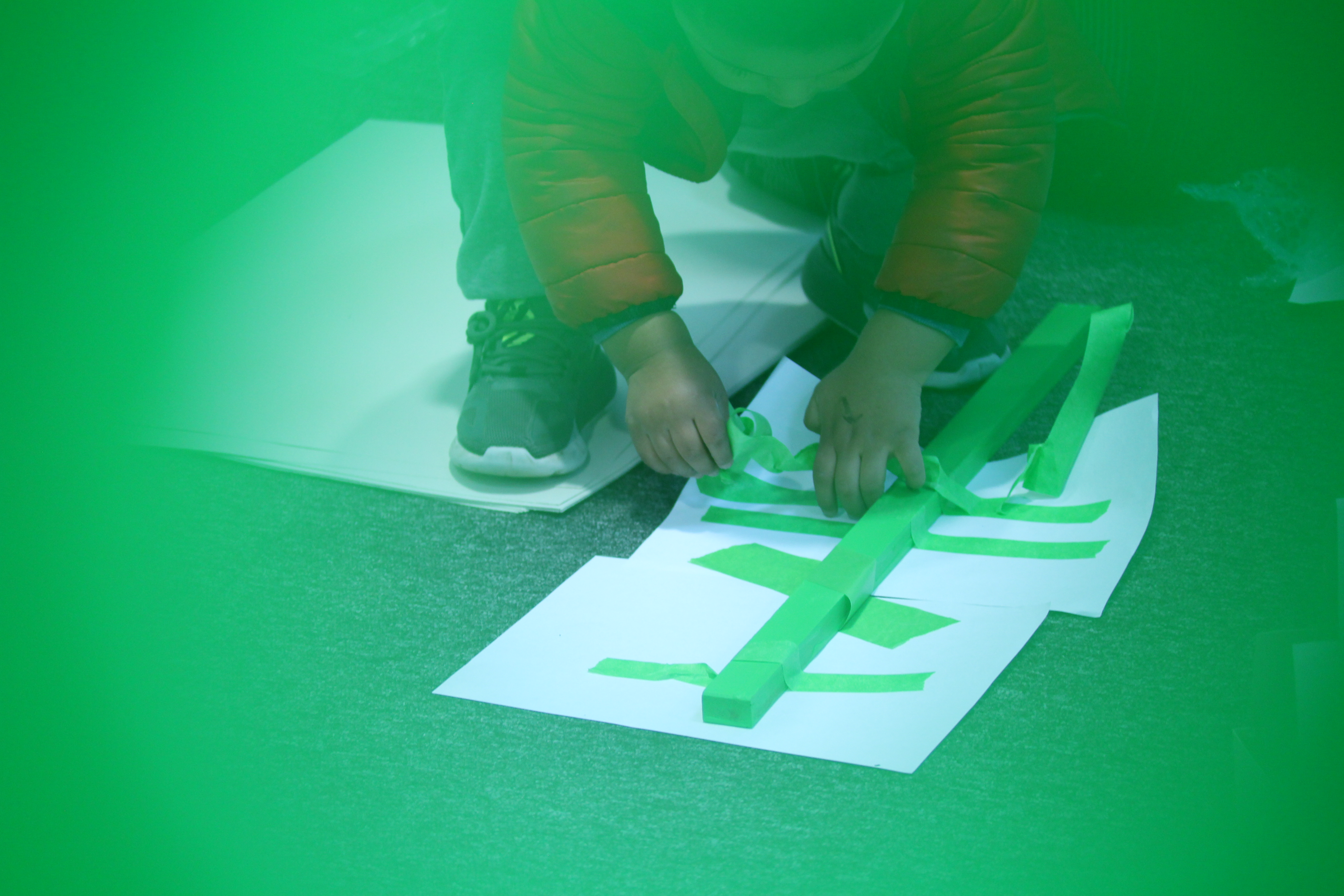Lucie MacGregor Q&A

Hi Lucie! Firstly do you mind briefly introducing yourself and your practice?
Hello! Thanks for having me. I’m Lucie, an artist originally from Huddersfield but based, living and working in London. I describe myself as a multidisciplinary artist as my practice moves through various materials and I enjoy challenging the boundaries separating drawing from sculpture. I am interested in exploring collaboration creatively as a way to reconnect people and place and often create artworks that respond to a specific place. As a social practitioner, I aim to ethically facilitate local exchanges and discussions that can develop into artworks embedded in community. I’m interested in ecology (the branch of biology that deals with the relations of organisms to one another and to their physical surroundings) and also the vastly changing urban landscapes we live in, therefore I recycle materials to cultivate histories and stories associated to everyday objects to encourage new ways of thinking sustainably.
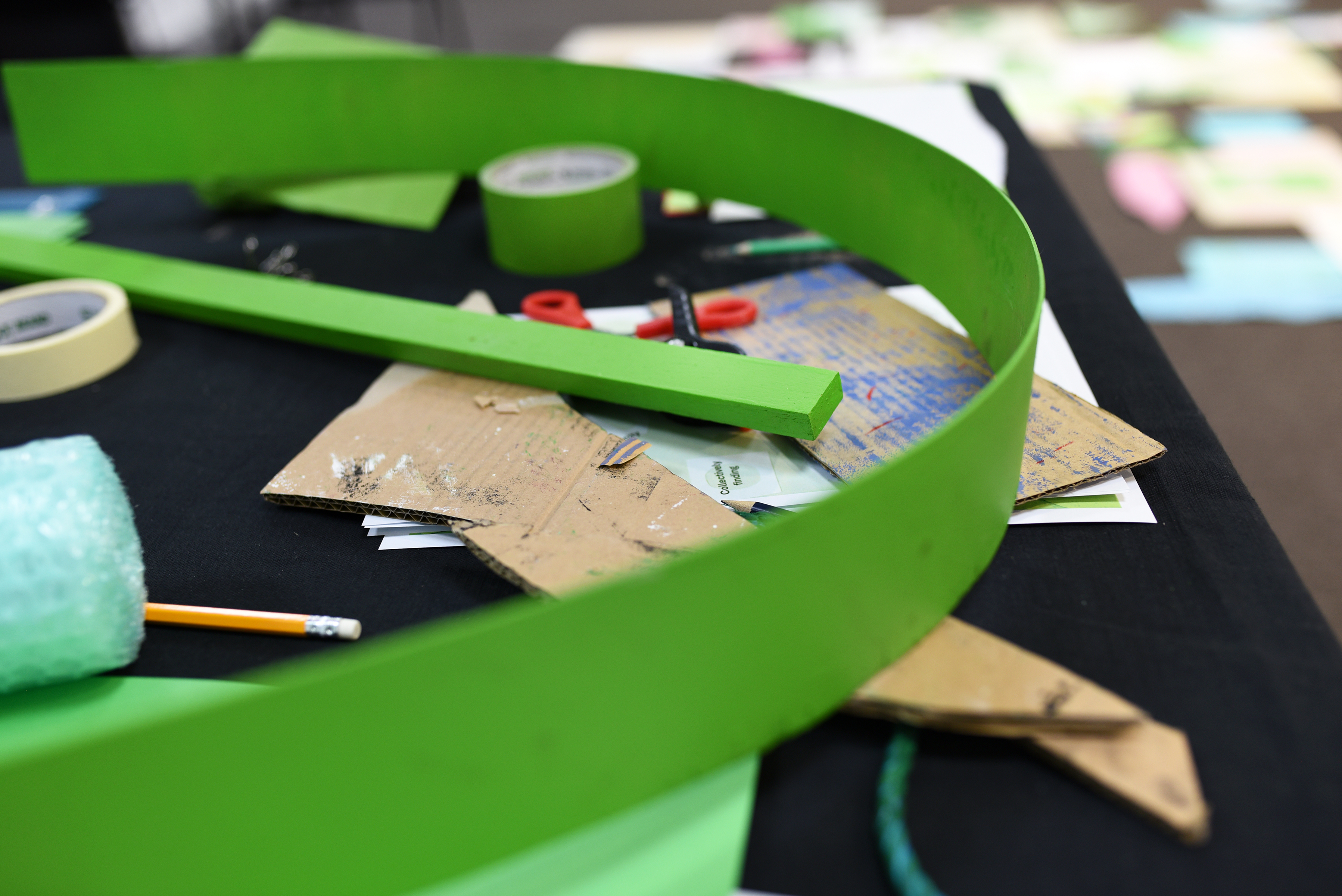

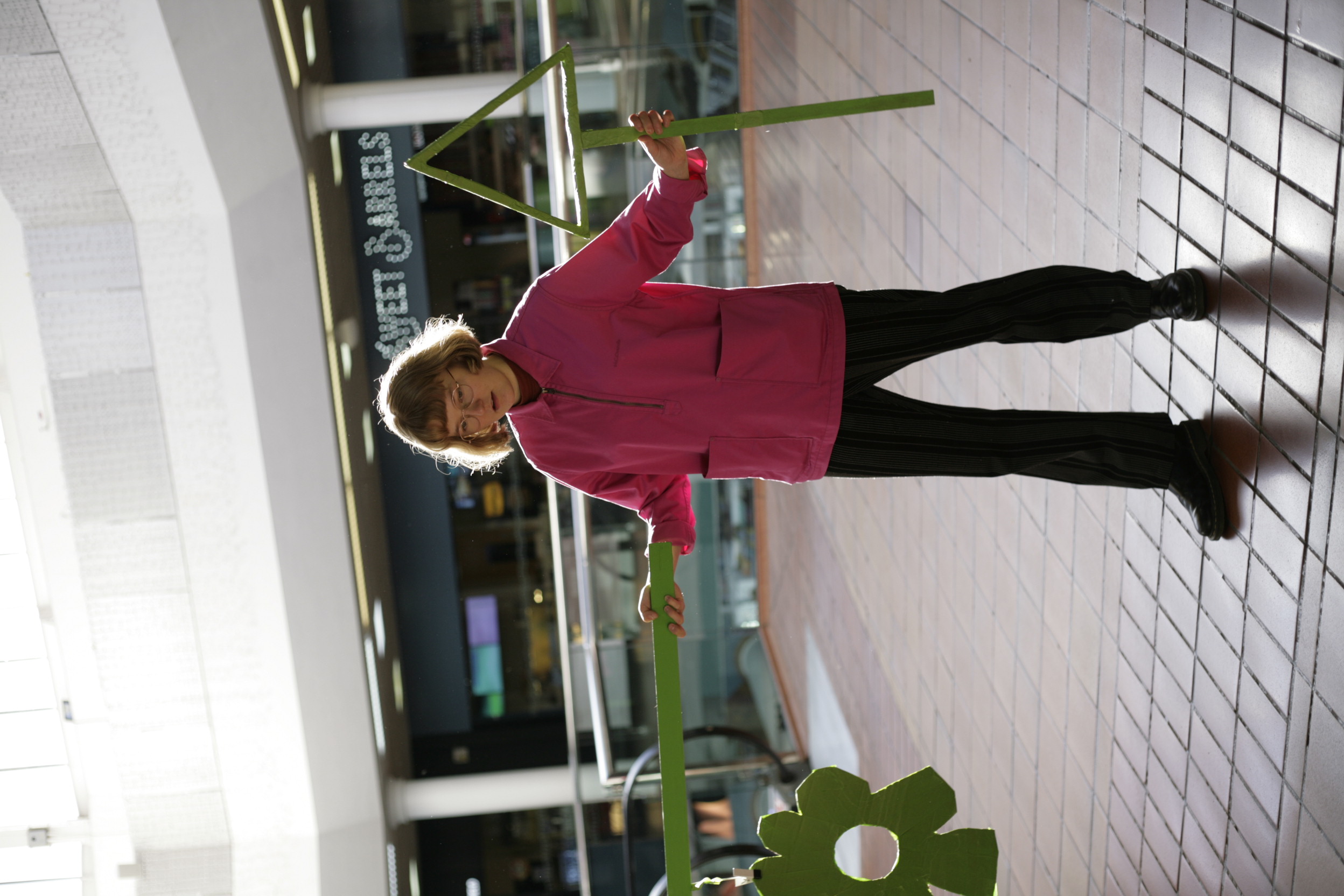
Your practice encompasses a lot! Can you tell us about your latest work Footnotes which has been specially commissioned by the Artwalk?
Footnotes is a floor-based artwork of drawings and sculptures made by local people and children from Wakefield. During the workshops, I invited those passing through The Ridings Shopping Centre in Wakefield to be part of making a new map of the city. Using viewfinders to magnify and recognise shape, pattern and colour in the nearby environment, I worked alongside the public to document the city through a new perspective. The cityscape became translated into paper-based responses and drawings, with my collaborators expressing their own experiences of living in Wakefield. Together we re-imagined the local surroundings through chalk and pastel rubbings making impressions from different flooring, cutting out the outlines of building and in doing so referencing real or imaginary ones, drawing trees in hope of seeing more being planted in the future and collectively building a more considered community.
I archived all the workshop creations through scans and photographs which I then constructed a digital collage from. I also had the support from photographers Emily Ryalls and Anastasia Alekseeva in documenting the workshops through film, sound and image and has enabled the activity to be experienced by others not there through a video made with Anastasia.
The archived images behaved as a sort of language or selection of symbols for me to pick from, in which I was recycling and rearranging the initial paper rectangle into something growing and expansive travelling beyond the limits of a page. Working on this collage digitally gave me freedom to distort colour and scale, making a map of significantly large and small details, like zooming in and out of a map on a phone. I wanted to retain this feeling of the care given by the participants of the miniature worlds they had curated and yet at the same time celebrate these gestures into something monumental. The artwork was then printed as a large-scaled vinyl to relocate the ‘map’ with the space its details have been taken from and where the workshops occurred. With it being a floor-based installation, I can imagine its presence being not overly apparent until someone passing through the shopping centre may stumble upon it and recognise it as an interruption of the expected floor tiles lining the building. I like the unexpected nature of public artworks existing in transitional spaces, such as a shopping centre or street, where encounters with an audience feel really honest and perhaps those who wouldn’t visit an art gallery can still experience a creative intervention.

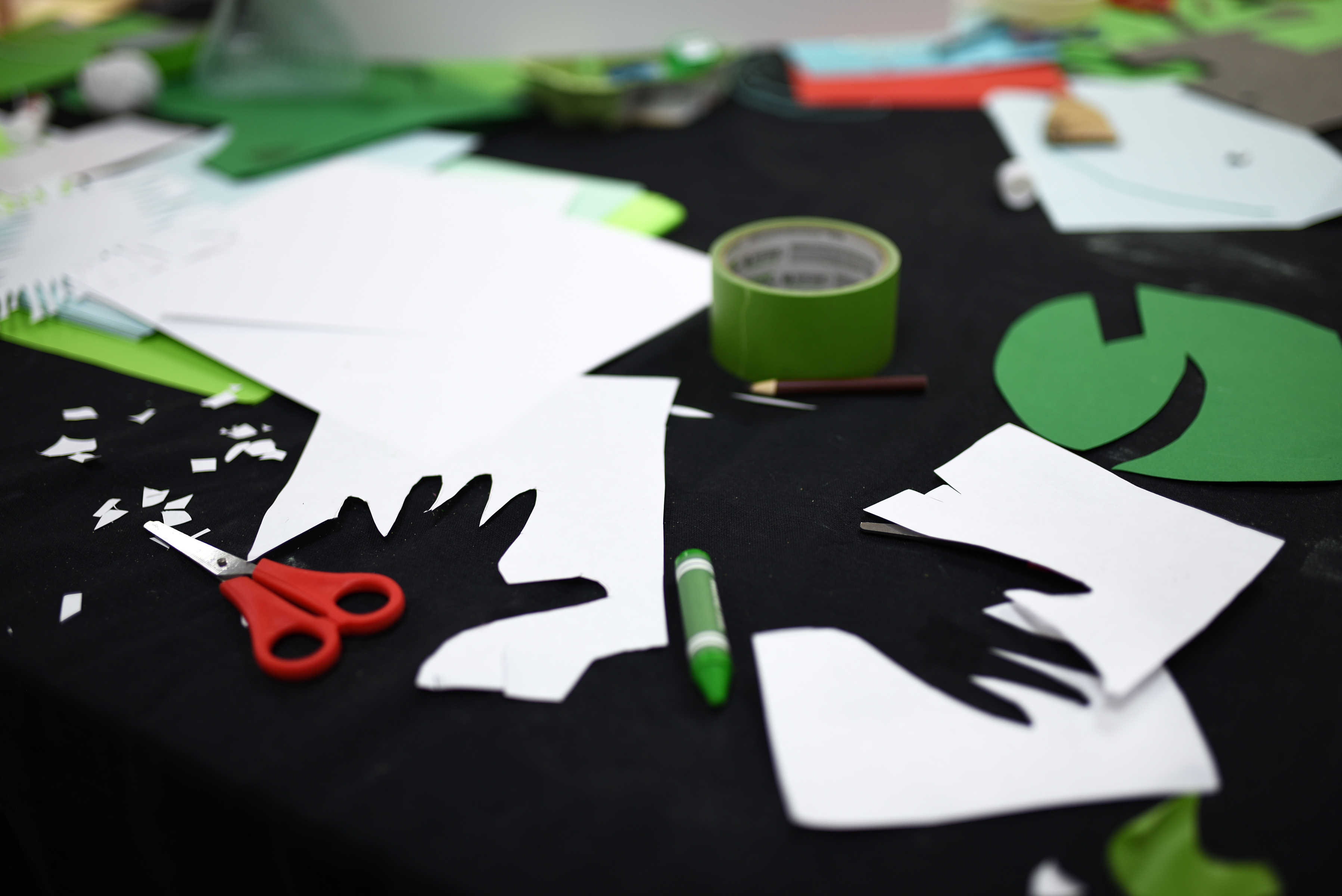
Thanks for talking us through your commission. The pandemic meant a lot of creative workshops were postponed or moved online. How does it feel working with children and families in person again?
It’s felt really warming to have real life interactions again! When making art, naturally there comes uncertainty, humour and fear. Witty and wonderful conversations happen more naturally in-person where zoom calls naturally cast such moments out. We read each other’s bodies and how they move when we communicate, so transferring back from a static screen to in person meetings just helps enable workshops to feel as welcoming and comfortable as possible.
Nature plays a big part of your practice, do you have a favourite place or park where you feel most at home?
There are some fields close to childhood home in Huddersfield that feel very safe and comforting to me. I spent many years running through the overgrown grass with my dogs and family, shouting, cartwheeling, screaming! Essentially feeling very free and comfortable to express myself within this natural wilderness and not feeling judged in doing so. I think I was very lucky to have access to a big expanse of green space growing up and whenever I visit home, it’s a place I can return to and feel young again in. I have a few outdoor spaces that I hold a similar nostalgic tie to and it is often related to having a family or friends connected to a memory that we shared there. I think it’s really powerful how nature can hold restorative and grounding atmospheres and it’s something I try to recreate and prompt discussions around in my own making.
So you’ve since relocated to London, do you think the creative scene differs between the north and the south?
I think London holds a lot of activity and it’s a very exciting place to gain inspiration from. I have met many brilliant people there and made many creative connections through regular events hosted by the mass of galleries based in the city. However I feel as though there is often such a large saturation of stuff happening, it can be very overwhelming and hard to find art that harnesses something experimental and different.
I have found that there is more of a path to carve in the Northern art scene which is really refreshing, there is space for DIY projects and gatherings to be really appreciated in. From my experience of running workshops in Yorkshire, including the workshops for the Artwalk commission, there is a large appetite for art and when it is occurs there is definitely a generous and localised care of it. It’s also a lovely excuse for me to visit home and be part of art creation in a place I am still very fond of.
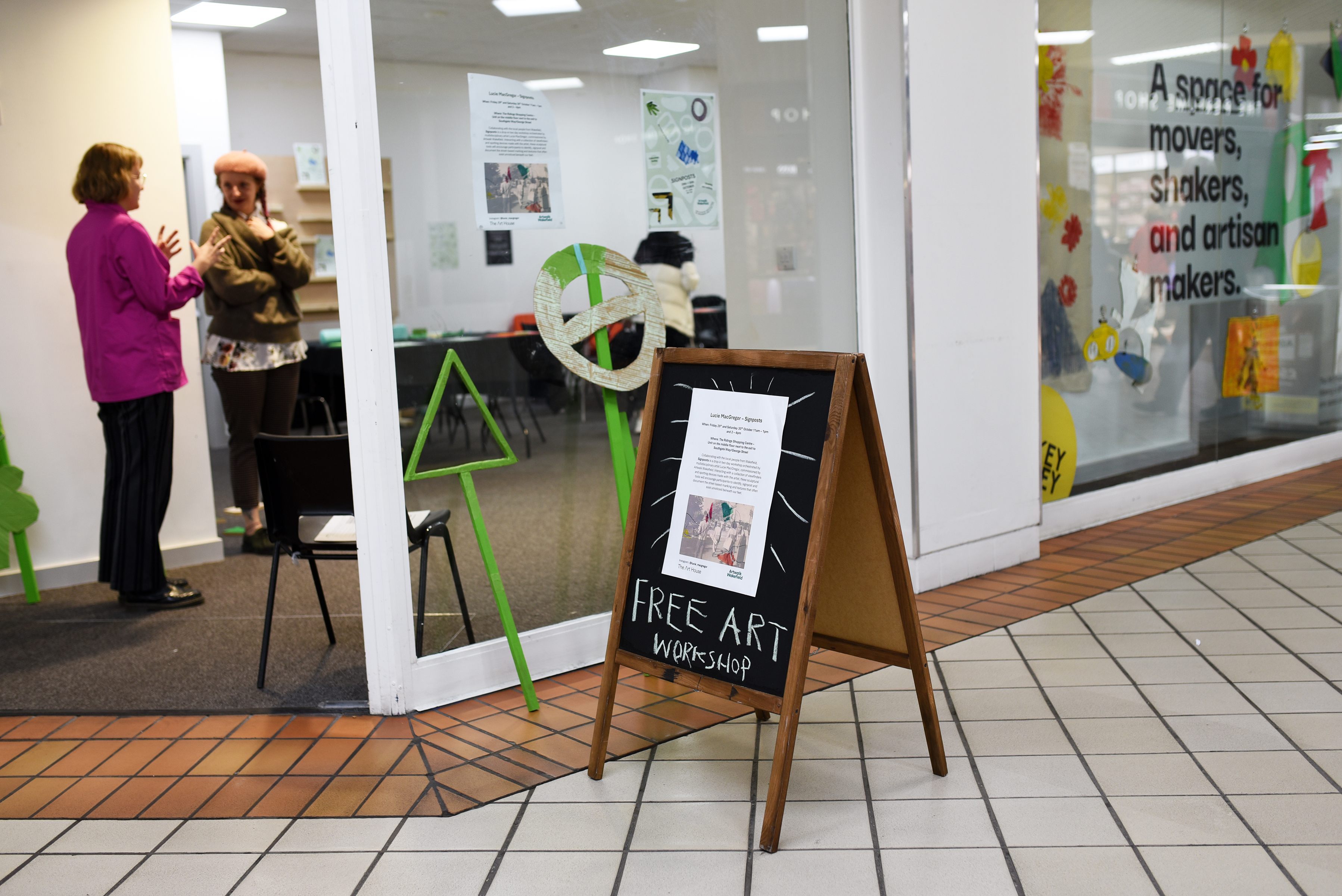
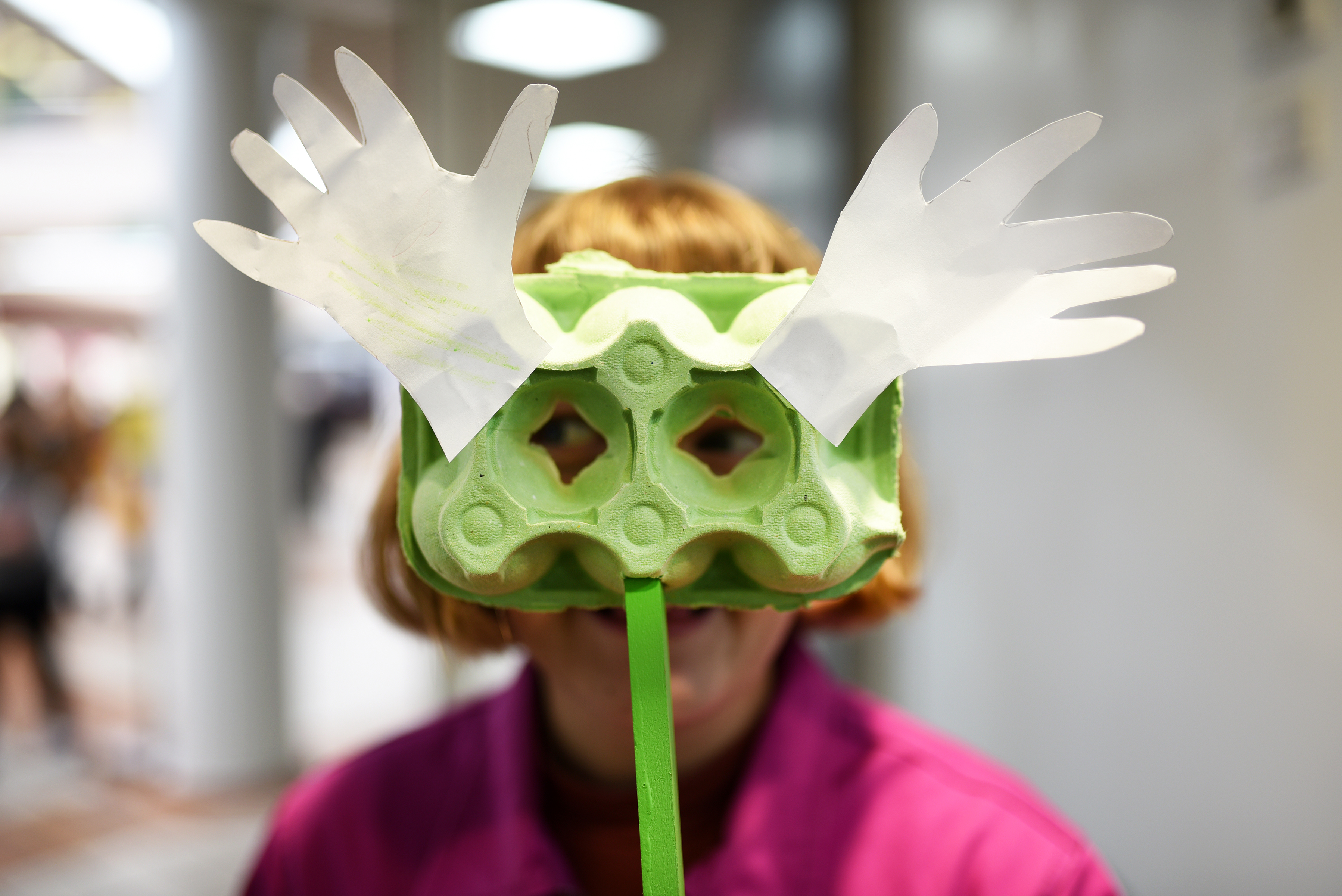
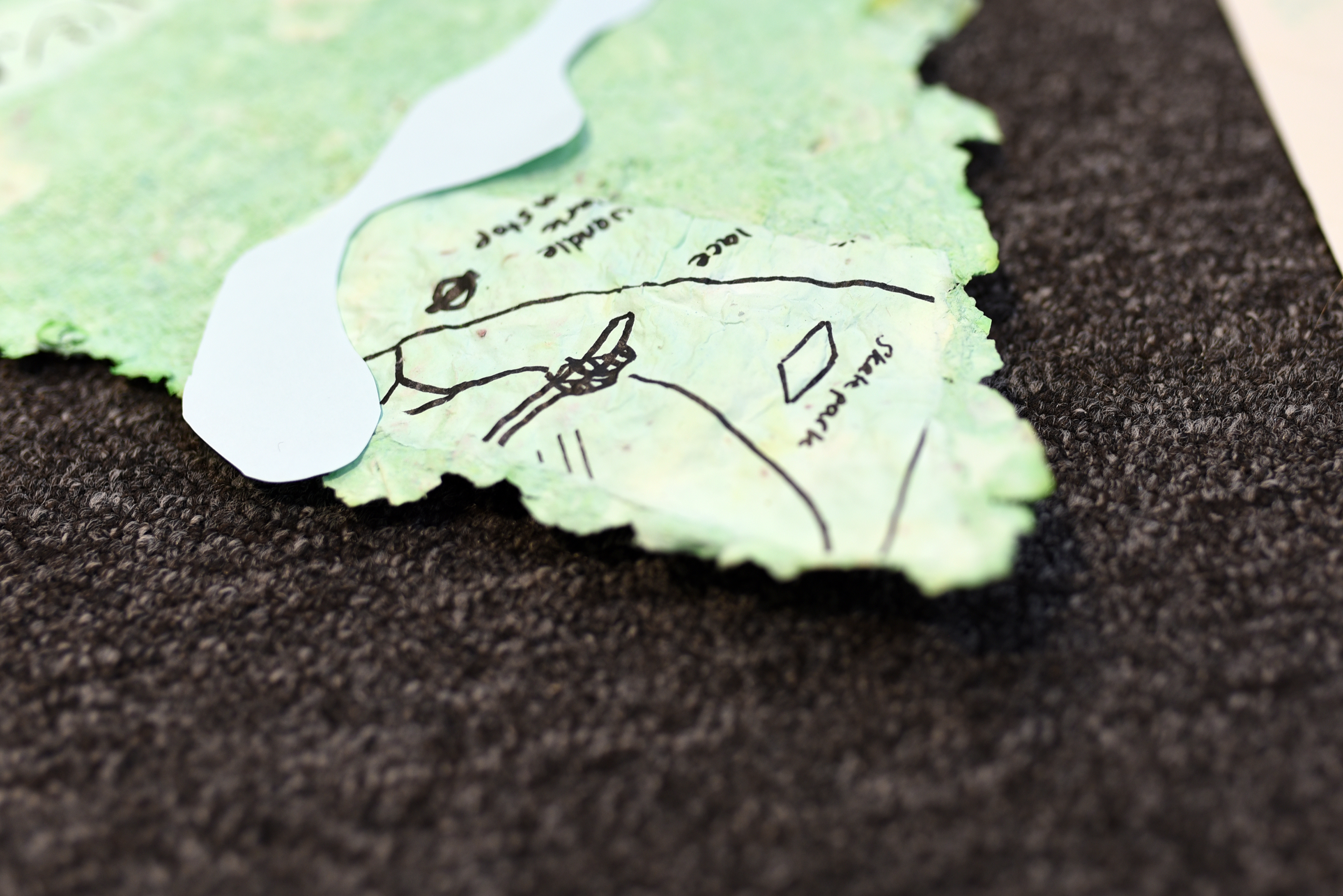
One final question for you Lucie, if you could host a dinner party with a group of artists (dead or alive) who would you invite and what would be on the menu?
Hm, that is a very fun question! I’d love to have a gravy infused roast (because who doesn’t?!) to mull over ideas with writer Deborah Levy because I love her honesty and Olivia Laing because their writing is delicious and a very inviting way to learn about more great artists. I’m also a big Phyllida Barlow enthusiast but I’d have to keep it to something simple like a block of cheese so I wouldn’t get too distracted from her juicy sculpture descriptions!
The first artist I remember learning about at school was Vincent van Gogh. I’ve always admired his determination as an artist, despite his lack of success until after his death. His eye for capturing nature in transitional phases of decay have always resonated with me, and emphasises the importance of caring for the ecological and our changing environment. I’d ask all about those brilliant, bold paintings of his and his memories associated to the locations. I’d serve some Gregg’s pasties because I’m intrigued if he appreciates a good northern delicacy!
I also had help from the lovely Amelia and Shanelle, with both creatives assisting the workshops. Both artists and hard workers themselves, I definitely owe them both a fancy dinner!
Thanks so much for chatting with us Lucie and we can’t wait to see your commission Footnotes at The Ridings Centre at ArtWalk this November!
Photography by Emily Ryalls and Anastasia Alekseeva
